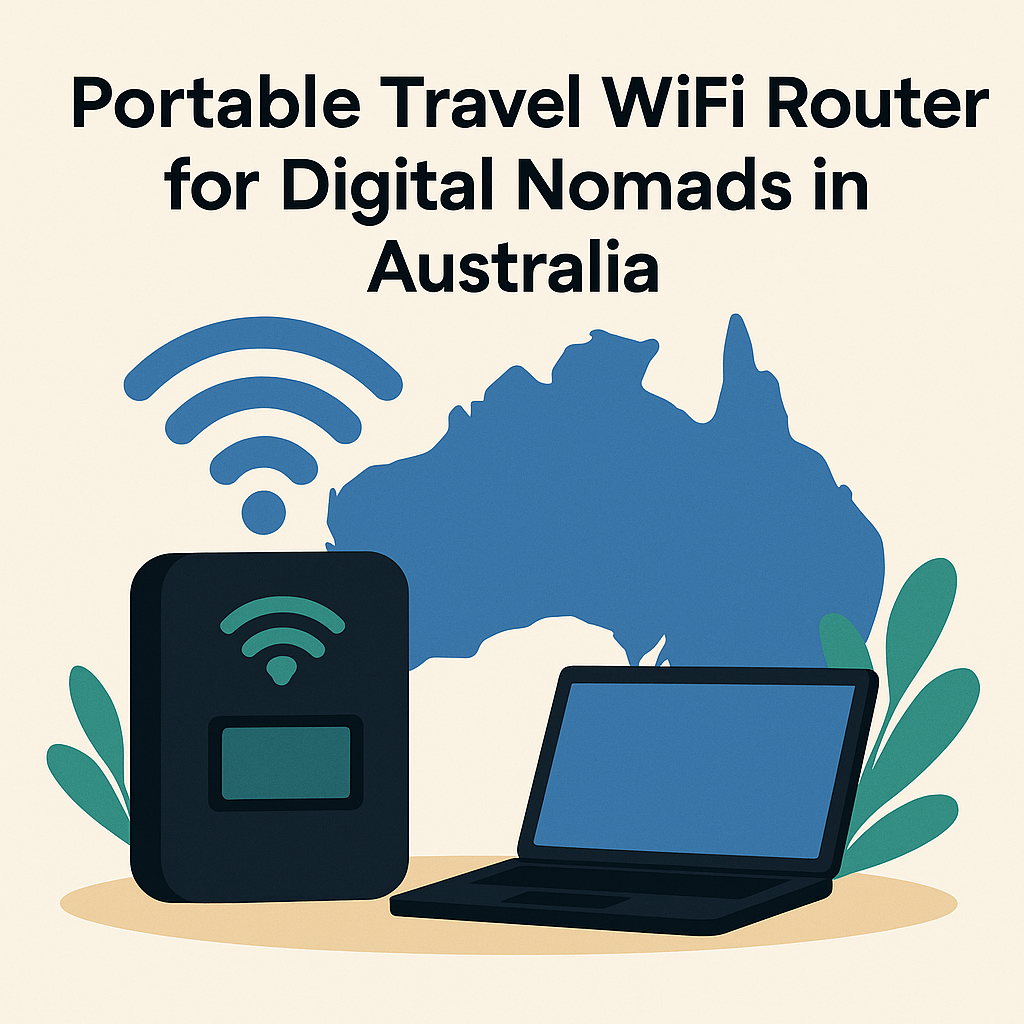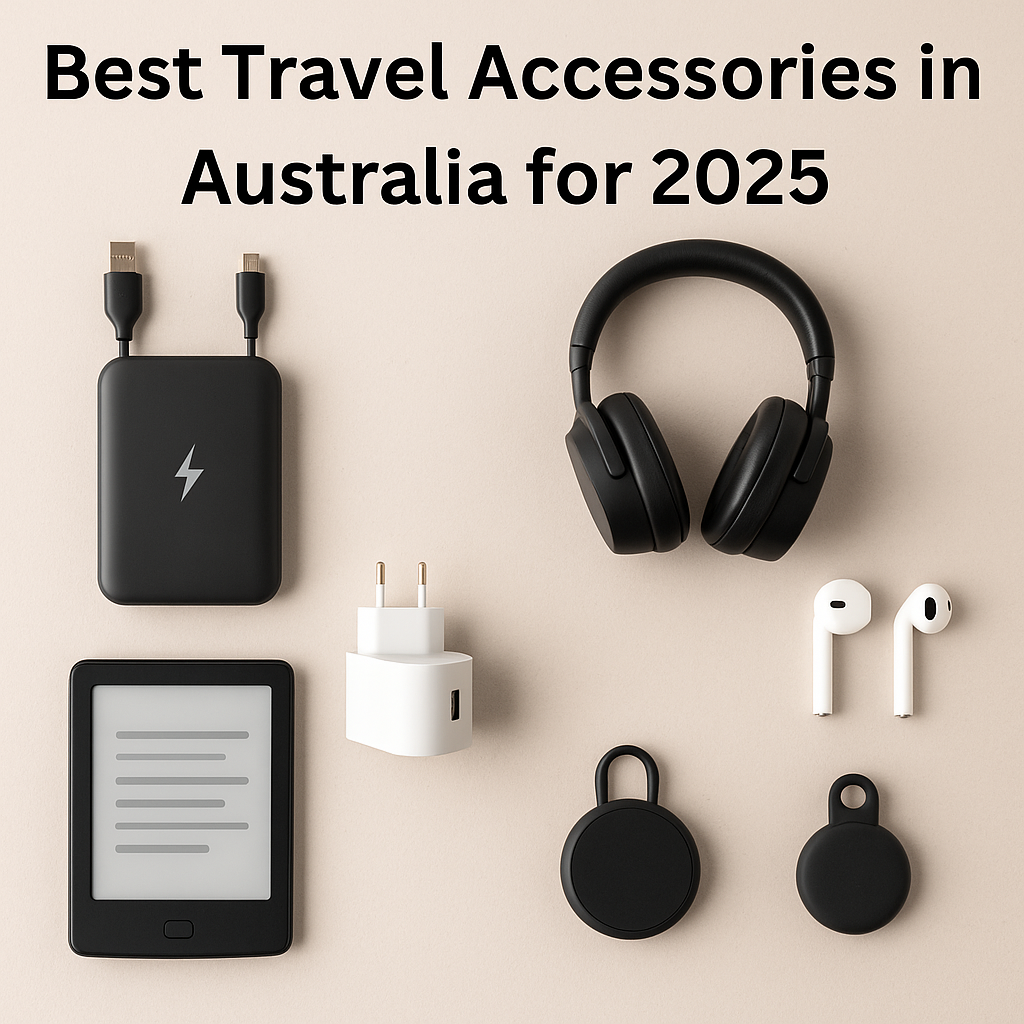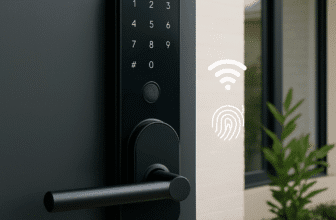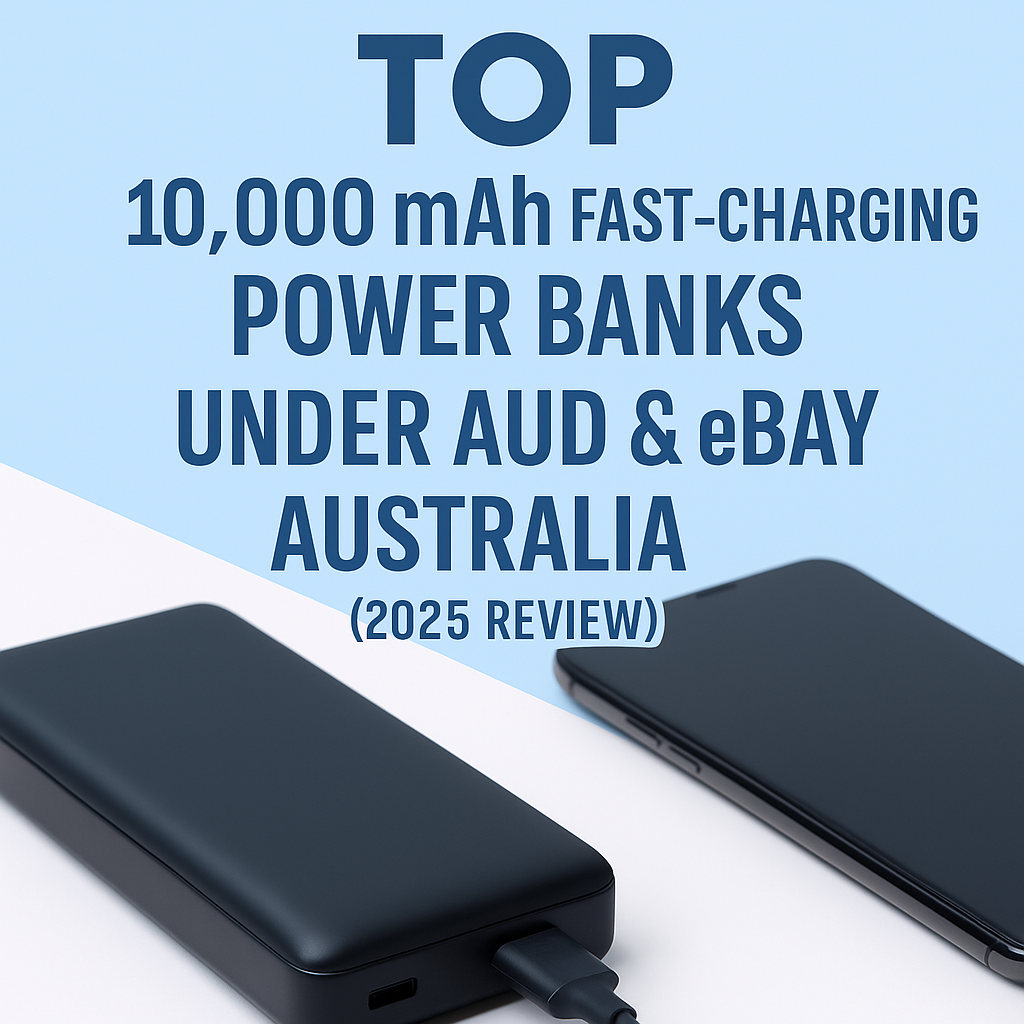TV Buying Guide 2025: OLED vs QLED vs Mini-LED – Size vs Quality Analysis for Australian Shoppers
Introduction
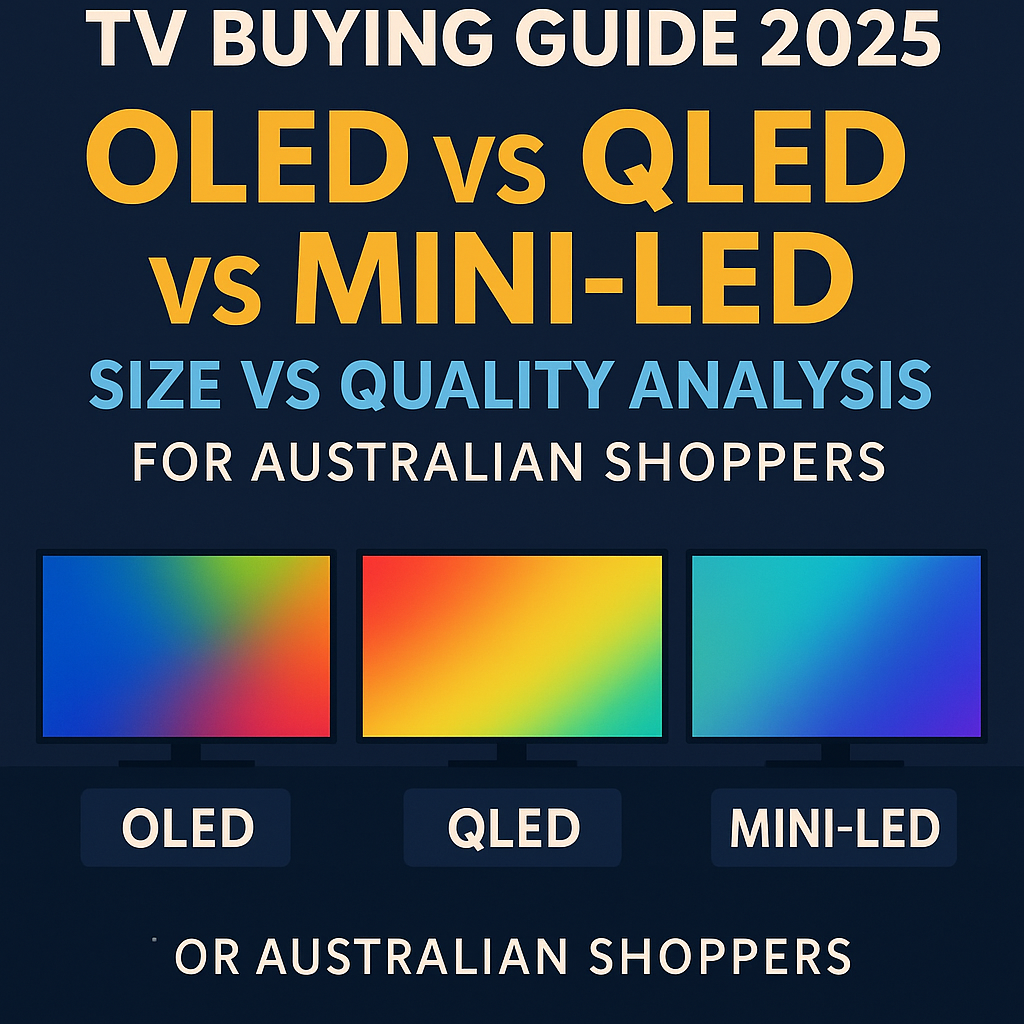
The TV market continues to evolve rapidly in 2025, with three main premium display technologies dominating Australian retailers: OLED vs QLED vs Mini-LED. Each technology uses different light-emission methods, significantly affecting brightness, contrast, viewing angles, and long-term durability. Whether you’re upgrading your lounge room centrepiece or setting up a dedicated home theatre, understanding these differences is crucial for making the right choice.
This comprehensive TV buying guide 2025 Australia breaks down the strengths and weaknesses of OLED, QLED (including hybrid QD-OLED), and Mini-LED displays. We’ll help you determine the best TV size for your viewing distance, compare 4K versus 8K relevance, and highlight the most popular 2025 models available through Australian retailers like eBay AU and Amazon AU.
Table of Contents
Display Technology Deep Dive
What is OLED and How Does It Work?
Organic Light-Emitting Diode (OLED) technology represents the pinnacle of contrast performance. Each pixel produces its own light, eliminating the need for a backlight entirely. This self-emissive design allows OLED TVs to display true blacks by completely switching off individual pixels, creating near-infinite contrast ratios that make dark movie scenes appear incredibly detailed and lifelike.
Top 2025 OLED Models:
- LG C5 OLED: The successor to the popular C4 series, featuring brighter “evo” panels, 4K 120Hz gaming support, and comprehensive HDMI 2.1 connectivity
- LG G5 OLED (Gallery Series): Wall-mount design with enhanced brightness, available in sizes from 55 to 97 inches
- Sony A95L: Premium QD-OLED model combining quantum dots with OLED technology for superior brightness and colour volume
Mini-LED: Brightness Meets Precision
Mini-LED technology revolutionises traditional LCD displays by using thousands of tiny LEDs as the backlight source, paired with hundreds of local dimming zones. This precise control allows Mini-LED TVs to achieve impressive peak brightness levels (often 2,000-6,500 nits) while significantly reducing the blooming effect that plagues standard LED TVs.
Leading Mini-LED Models for 2025:
- Samsung QN90D (Neo QLED): Features 4K 144Hz panels and exceptional brightness for both bright rooms and gaming
- Sony Bravia 9: Sony’s flagship Mini-LED offering with advanced XR processing and premium build quality
- TCL QM8: High-end Mini-LED with wide colour gamut and competitive pricing
- Hisense U8N/U8QG: Gaming-focused Mini-LED sets with 4K 144Hz panels
QLED and QD-OLED Explained
Quantum Dot LED (QLED) represents the most accessible premium TV technology. Traditional QLED uses quantum dot enhancement over standard LED backlighting to improve colour purity and brightness. These TVs excel in bright environments and typically offer the best value for money in larger screen sizes.
QD-OLED represents a hybrid approach, combining blue OLED emitters with red and green quantum dots. This technology delivers OLED-like contrast with enhanced brightness and colour volume, though at premium pricing.
Notable QLED and QD-OLED Models:
- Samsung Q80D: Mid-range QLED with 4K 120Hz and quantum dot enhancement
- Samsung S95F: Premium QD-OLED combining contrast and brightness benefits
- Hisense U8K: Value-focused QLED with full-array local dimming
Size vs Quality – What’s the Right Fit?
Recommended Screen Size by Room Distance
Selecting the optimal best TV size depends primarily on your seating distance and room layout. The general rule suggests approximately 1 foot of viewing distance for every 10 inches of screen diagonal, though personal preference and content type can influence this calculation.
| Screen Size | Ideal Viewing Distance | Room Application |
|---|---|---|
| 43 inches | 1.65 – 2.6 metres | Bedrooms, small apartments |
| 55 inches | 2.1 – 3.35 metres | Average living rooms |
| 65 inches | 2.5 – 4 metres | Large lounges, family rooms |
| 75 inches | 2.9 – 4.6 metres | Home theatres, open plan areas |
| 85+ inches | 3.5+ metres | Dedicated cinema rooms |
Considerations Beyond Distance:
- Content type: Movies and gaming benefit from larger screens
- Room brightness: Darker rooms can handle larger screens more comfortably
- Budget allocation: Larger screens significantly increase costs across all technologies
Should You Choose 4K or 8K in 2025?
4K Ultra HD remains the sweet spot for most Australian households in 2025. With four times the resolution of 1080p, 4K provides sharp detail that becomes noticeable from typical viewing distances on screens 55 inches and larger.
8K considerations are more complex:
- Meaningful on 75+ inches: The additional resolution becomes apparent only on very large screens viewed from close distances
- Limited content: Native 8K content remains scarce, with most material being upscaled 4K
- Price premium: 8K TVs command significantly higher prices for minimal real-world benefit
- Future-proofing: While 8K may become standard eventually, 4K will remain relevant for many years
Recommendation: Choose 4K for screens under 75 inches and most viewing scenarios. Consider 8K only for 75+ inch displays in dedicated home theatre environments where you sit closer than typical recommendations.
Top 2025 TVs Available in Australia
Best OLED & QD-OLED Models
LG C5 OLED Series The C5 continues LG’s tradition of offering premium OLED performance at relatively accessible pricing. Featuring the latest “evo” panels for improved brightness, comprehensive gaming features including 4K 120Hz support, and LG’s refined webOS smart platform.
Samsung S95F QD-OLED Samsung’s premium QD-OLED offering delivers exceptional brightness and colour volume. Available in 55, 65, and 83-inch sizes with Tizen smart platform integration.
Best Mini-LED Models
Sony Bravia 9 Sony’s flagship Mini-LED TV utilises thousands of dimming zones and the company’s XR processor for exceptional brightness control and image processing. Ideal for bright rooms and premium home theatre setups.
Samsung QN90D Neo QLED The 2025 QN90D offers excellent brightness, 4K 144Hz gaming capabilities, and Samsung’s refined Neo QLED processing. Represents strong value in the premium Mini-LED segment.
Budget-Friendly QLED Picks
Samsung Q60D/Q70D QLED Series Samsung’s current mid-range QLED offerings available in Australia, featuring 4K resolution, quantum dot enhancement, and solid bright-room performance. The Q60D provides entry-level QLED benefits, while Q70D adds gaming features like 4K 120Hz.
HDR, Gaming, Smart Platforms & More
HDR Format Support
High Dynamic Range (HDR) significantly enhances contrast and colour accuracy beyond standard dynamic range content. Three primary formats dominate the market:
- HDR10: Universal standard supported by all modern TVs
- HDR10+: Samsung-developed dynamic metadata format
- Dolby Vision: Premium dynamic metadata standard with scene-by-scene optimisation
Compatibility Notes: Samsung TVs don’t support Dolby Vision, while LG models lack HDR10+ support. For maximum compatibility, consider TVs supporting multiple formats.
Gaming Features for 2025
Modern gaming demands specific TV capabilities for optimal performance:
- 4K 120Hz/144Hz: Essential for PlayStation 5, Xbox Series X, and PC gaming
- HDMI 2.1: Required for full 4K 120Hz bandwidth
- Variable Refresh Rate (VRR): Eliminates screen tearing
- Auto Low Latency Mode (ALLM): Automatically reduces input lag when gaming
- Low input lag: Sub-20ms for competitive gaming
Best Gaming TVs: OLED models offer the fastest response times, while high-end Mini-LED provides brightness for HDR gaming in bright rooms.
Smart TV Platforms
webOS (LG): Intuitive interface with comprehensive streaming app support and AI ThinQ integration.
Google TV (Sony/TCL): Android-based platform with Google Assistant and personalised content recommendations.
Tizen (Samsung): Samsung’s proprietary platform with Bixby voice control and SmartThings integration.
Selection Tip: Choose based on your preferred voice assistant ecosystem and streaming service priorities.
Where to Buy in Australia + Tips
Primary Retail Channels
eBay Australia offers the widest selection of both new and refurbished models from authorised dealers. Stock levels vary significantly, with premium models often showing limited availability.
Amazon Australia carries major brand TVs through official brand stores, though specific model availability can be inconsistent for the latest releases.
Traditional Retailers like JB Hi-Fi, Harvey Norman, and The Good Guys often have better stock of current models but may lack competitive pricing on premium units.
Money-Saving Strategies
Timing Your Purchase:
- Black Friday/Cyber Monday: Significant discounts across all categories
- End of financial year: June-July clearances
- Model year transitions: Previous generation discounts when new models arrive
Alternative Options:
- Refurbished units: Can offer 20-30% savings with manufacturer warranties
- Open box/display models: Floor models with minor cosmetic issues at reduced prices
- Parallel imports: Grey market units with potential warranty limitations
Stock Considerations: Popular models like the LG C5 and Samsung S95F frequently show limited stock. Consider signing up for restock alerts or exploring similar models within the same technology category.
Final Thoughts: Balancing Quality, Size & Budget
Choosing between OLED vs QLED vs Mini-LED ultimately depends on your specific viewing environment and priorities:
Choose OLED if you:
- Prioritise perfect black levels and contrast
- Watch primarily in dark or dim rooms
- Value thin, elegant designs for wall mounting
- Don’t mind paying premium pricing for the best picture quality
Choose Mini-LED if you:
- Need exceptional brightness for bright rooms
- Want minimal burn-in risk with varied content
- Prioritise gaming features and HDR performance
- Prefer a balance of performance and durability
Choose QLED if you:
- Need maximum brightness at accessible pricing
- Want large screen sizes without premium costs
- Primarily watch in bright environments
- Value long-term reliability and minimal maintenance
Size Selection Strategy: Start with your seating distance, then consider your budget allocation. A smaller OLED often provides better picture quality than a larger QLED at the same price point.
The best TV size for your space should prioritise viewing comfort over maximum screen real estate. Remember that upgrading display technology typically provides more noticeable improvement than simply increasing size.
For Australian buyers, stock availability remains a significant consideration in 2025. Popular models frequently show limited inventory, so flexibility in your exact model choice can lead to better deals and quicker availability.
Ready to upgrade? Research current pricing across multiple retailers, consider refurbished options for premium models, and don’t forget to factor in delivery costs when comparing online deals. The perfect TV combines the right technology, appropriate size, and timing that aligns with your budget and Australian retail availability.









